VISITOR EXPERIENCE
Enhance every visit with TimeLooper's AI technology. TimeLooper AI offers hyper-personalized pathways tailored to each visitor's interests and educational level, speaks multiple languages, and enhances accessibility for all. Engage with lifelike AI holograms of historical figures or experts, ask questions on-the-go, and enjoy a seamlessly connected journey through history and culture.
Tailored Experiences for Every Visitor
At TimeLooper, we believe that every museum visit should be as unique as the visitor. "TimeLooper AI"-powered TimeLooper personalization engine adapts in real-time to create a bespoke museum experience just for you. Here's how it works: Upon your arrival, our system can identify your preferences—be it the languages you speak, your educational background, or your specific interests in art, history, or science. For students and educators, the AI aligns the content with educational standards, adjusting the complexity of information to different learning levels. History enthusiasts can dive deeper into specialized topics, receiving detailed narratives and lesser-known facts tailored to satiate their curiosity. Additionally, if your visit is time-sensitive, TimeLooper AI efficiently maps out a route that maximizes your time, focusing on exhibits that align with your expressed interests and ensuring you don't miss the highlights. This personalized approach not only enhances your learning experience but also ensures that every visit is as informative and enjoyable as possible.
Conversations Across Time with AI Holograms
Imagine conversing with some of history's most influential figures. With TimeLooper’s AI holograms, this becomes more than just imagination—it’s a vivid reality. Our holograms, such as the Frederick Douglass display at The Museum of African American History in Boston, are crafted with meticulous detail to reproduce accurate historical representations, enabling you to engage in meaningful conversations with these iconic personalities. Whether you’re a student looking to delve deeper into historical contexts or a casual visitor seeking a unique and engaging experience our holograms adapt to serve your specific interests.
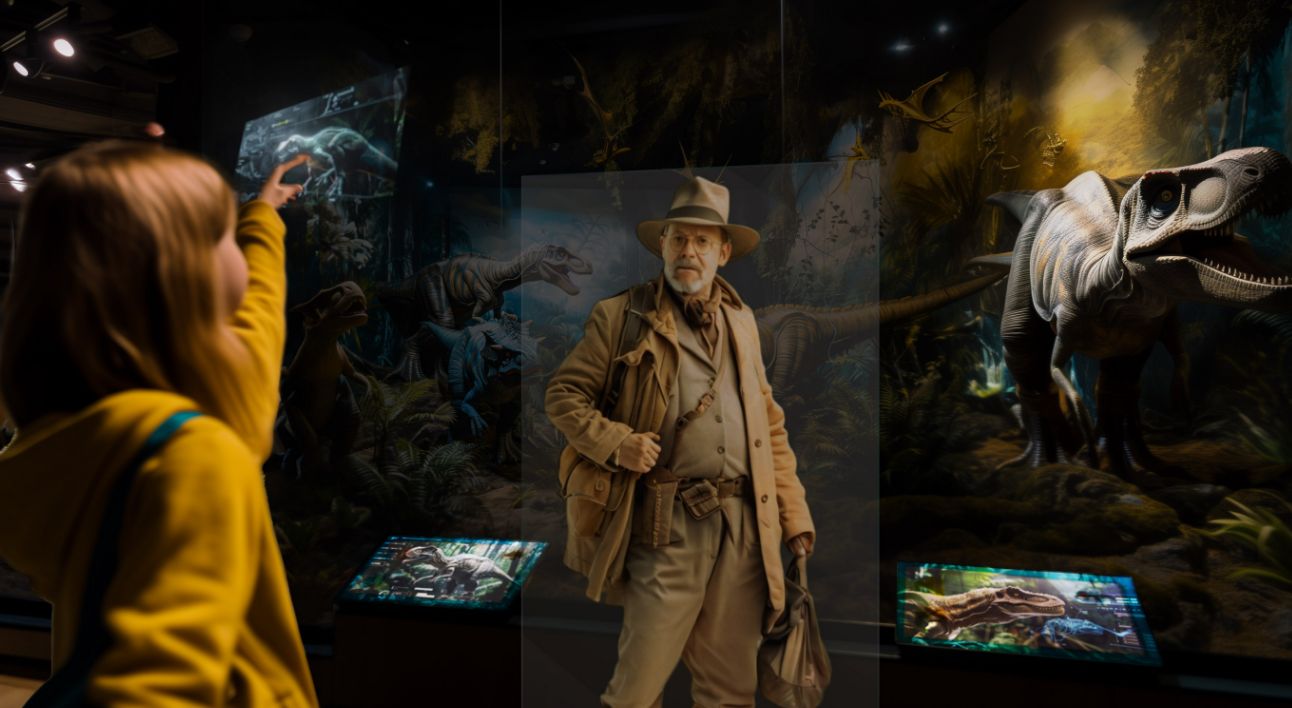
Ensuring Accessibility for All
At TimeLooper, we prioritize accessibility to ensure that every visitor, regardless of their physical abilities or sensory needs, can fully engage with and enjoy their museum experience. "TimeLooper AI"-driven solutions are designed with inclusivity at their core, offering a range of features that cater to diverse accessibility needs:
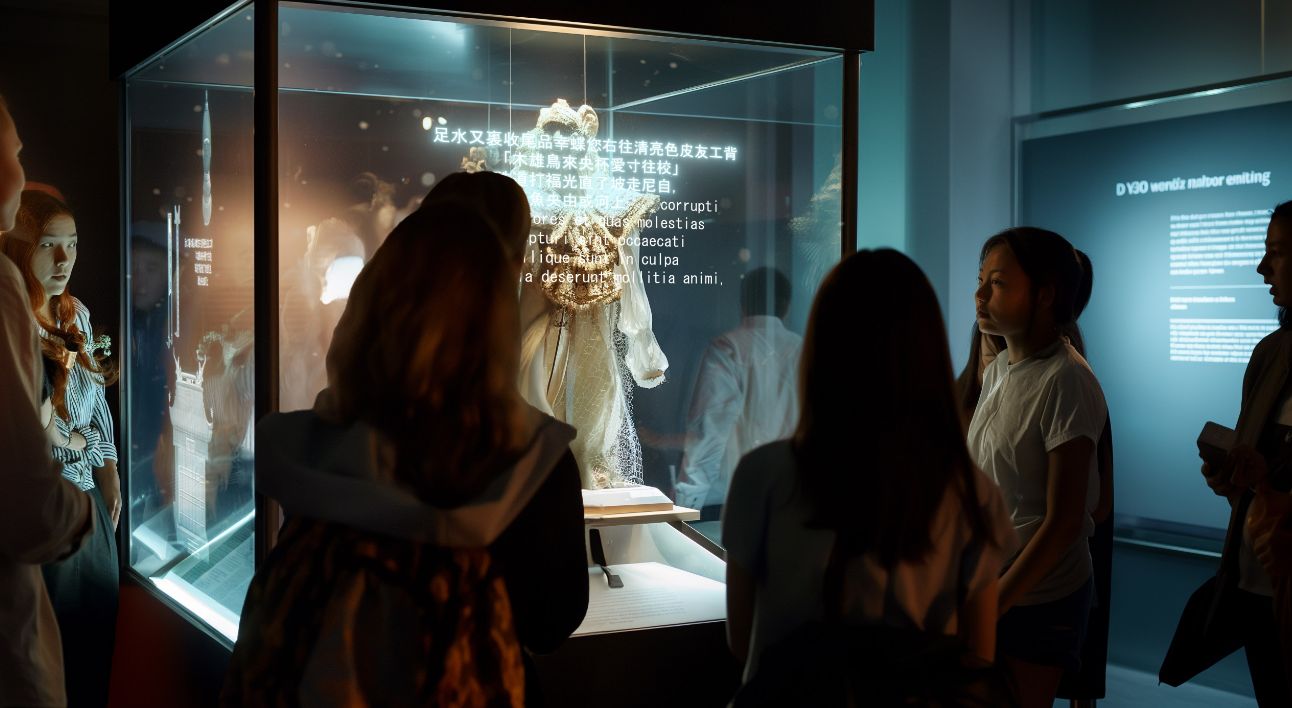
Adjustable Text Sizes and High-Contrast Displays: Our interactive displays are equipped with settings to adjust text size and contrast, making information easily readable for visitors with visual impairments.
Audio Descriptions: For visitors who are blind or have low vision, "TimeLooper AI" provides rich audio descriptions of exhibits. This feature narrates what is visually displayed, including descriptions of physical objects, texts, and even nuances in holographic presentations.
Real-Time Subtitles and Language Support: Understanding that clear communication is key to accessibility, our exhibits include real-time subtitle options. The Frederick Douglass hologram, for example, offers subtitles in multiple languages, including Spanish, ensuring that non-English speakers and those with hearing impairments can fully engage with the historical narratives being presented.
American Sign Language (ASL) Integration: For the deaf and hard-of-hearing community, we offer ASL interpretation through AI holograms that can sign the information, providing an equivalent experience to auditory content.
Easy-to-Navigate Interfaces: The layout and interaction design of "TimeLooper AI" systems consider users with mobility challenges, featuring interfaces that are easy to navigate from various heights and positions, including wheelchair accessibility.
A Continuous Learning Companion
Explore museums like never before with TimeLooper's adaptive TimeLooper AI companion, which continuously evolves to match your learning journey. As you move through different exhibits, our sophisticated AI algorithms track your interactions—what captures your interest, which topics you spend more time on, and the questions you pose. This data is then used to refine the content you receive next, ensuring that each piece of information builds on your previous interactions. For instance, if you linger over artifacts from the Revolutionary War, the AI might offer deeper insights into key battles, or suggest a visit to related exhibits like colonial life. This dynamic learning system not only enriches your knowledge but also makes your museum experience uniquely responsive to your curiosity. It's like having a personal tour guide who not only knows the museum inside out but also understands your personal interests and learning style.
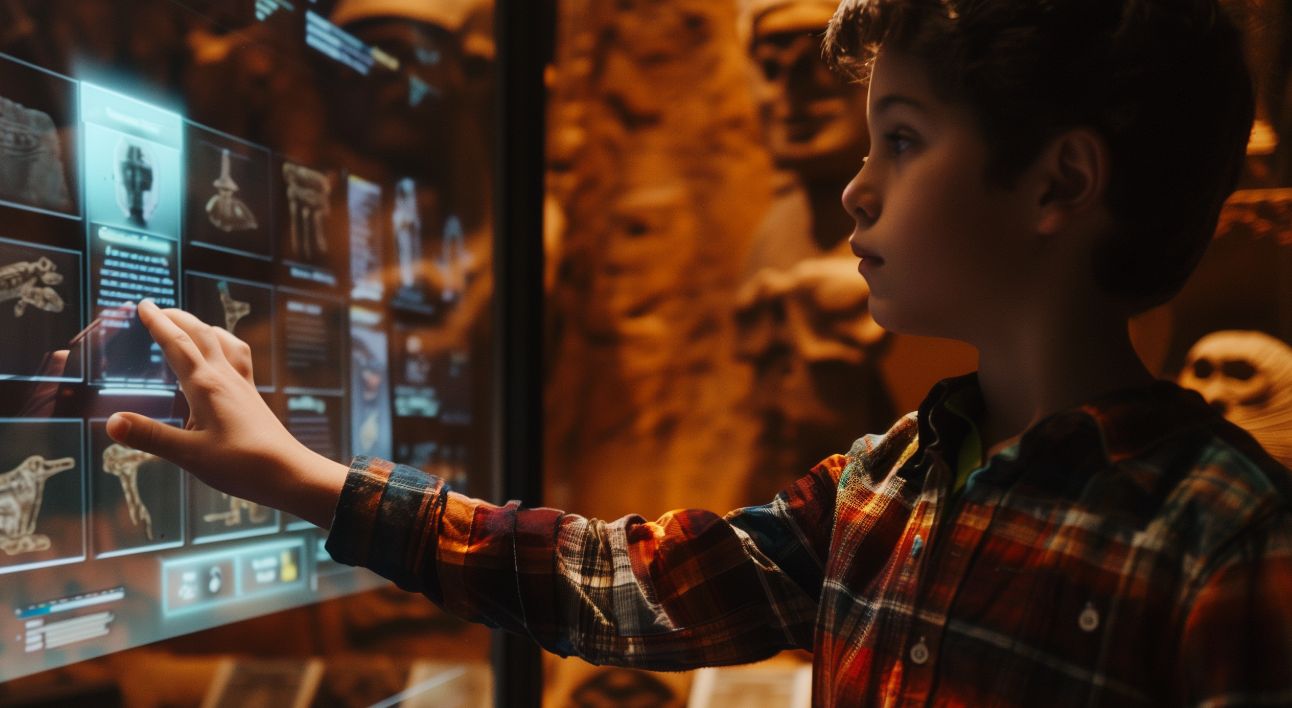
COLLECTIONS
Streamline your archive and curation processes with our intelligent AI tools. TimeLooperAI makes your collections accessible at the touch of a button, organizes archives efficiently, and assists in curating exhibitions with precision, helping your staff focus on what truly matters.
Revolutionizing Museum Collections with AI
Managing a museum's vast collection can be an overwhelming task, but with TimeLooper AI tools it becomes a seamless and efficient process. Our technology transforms traditional collection management by automating the organization and curation of artifacts, making them easily accessible not only to staff but also to visitors. This section explores how "TimeLooper AI" enhances every aspect of handling museum collections—from cataloging and preservation to exhibition planning and visitor engagement.
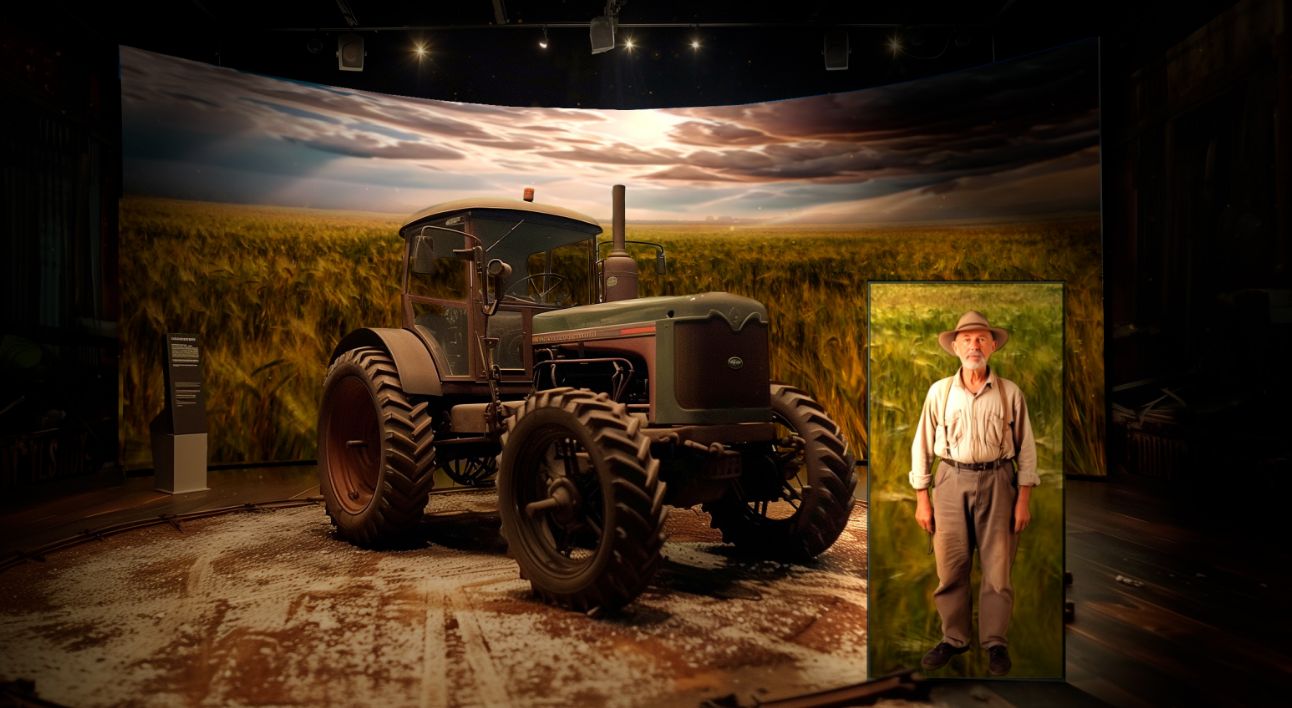
Efficient Archiving with AI
In the digital age, the preservation and organization of museum collections have transcended traditional methods. TimeLooper's TimeLooper AI digital archiving system revolutionizes how artifacts are stored, accessed, and maintained. From ancient manuscripts to contemporary artworks, our technology captures high-resolution digital images and detailed 3D scans, ensuring every texture, color, and inscription is meticulously preserved in digital form. Each artifact is tagged with intelligent metadata, which includes historical data, provenance, physical dimensions, and condition reports, enabling easy search and retrieval by curators and scholars globally.Furthermore, "TimeLooper AI" enhances the archival process by automatically identifying and tagging thematic and historical connections among items, which enriches the collection's contextual framework and aids in research and exhibition planning. The system’s predictive analytics can forecast conservation needs, alerting conservators to potential degradation before it becomes visible, thereby prolonging the life of invaluable cultural treasures. Additionally, "TimeLooper AI" can highlight artifacts of unusual interest or value, suggesting them for special exhibitions or more detailed study, thereby enhancing their visibility and educational potential.This proactive, intelligent archiving not only safeguards the physical integrity of collections but also transforms them into dynamic, accessible educational resources that can be leveraged for interactive displays, virtual tours, and detailed academic research, making your collection a cornerstone of cultural heritage accessible from anywhere in the world.
Curating Made Simple with AI
Curating exhibitions can be complex and labor-intensive, requiring deep knowledge of both the subject matter and audience engagement strategies. TimeLooper's TimeLooper AI-assisted curation tool simplifies this process by acting as a digital co-curator that brings a wealth of data-driven insights and automation capabilities to your fingertips. Utilizing advanced algorithms, "TimeLooper AI" analyzes your entire collection to unearth thematic and narrative connections that might not be immediately apparent. It takes into account current cultural trends, significant historical anniversaries, and even upcoming local events to suggest relevant and timely exhibition themes that will captivate and educate visitors.Once a theme is selected, "TimeLooper AI" goes further by generating detailed layout plans that optimize the spatial arrangement within the exhibit space, ensuring a logical, immersive visitor flow. It considers factors like typical visitor movement patterns, exhibit size, and interactive elements to create a layout that enhances visitor engagement and minimizes bottlenecks. Additionally, "TimeLooper AI" leverages data from past exhibitions to predict the potential popularity of displays, helping you prioritize features or artifacts that are likely to attract more attention.Beyond logistical planning, "TimeLooper AI" supports curators in creating educational content that aligns with the exhibition theme. It suggests multimedia resources, interactive elements, and even specific wording for descriptions to appeal to various demographic groups, including school children, history buffs, and casual visitors. This not only ensures that the exhibition is both educational and engaging but also significantly reduces the workload on museum staff, allowing them to focus on higher-level creative and educational tasks.
Simplifying Access to Cultural Heritage
At TimeLooper, we understand that accessibility goes beyond physical accommodations—it's about dismantling barriers to cultural engagement and knowledge. TimeLooper AI tools are designed to democratize access to museum collections, ensuring that every visitor, regardless of location, physical ability, or educational background, can engage with and appreciate cultural artifacts with ease."TimeLooper AI" technologies provide intuitive, user-friendly interfaces that allow visitors to access a wealth of information through several innovative features:
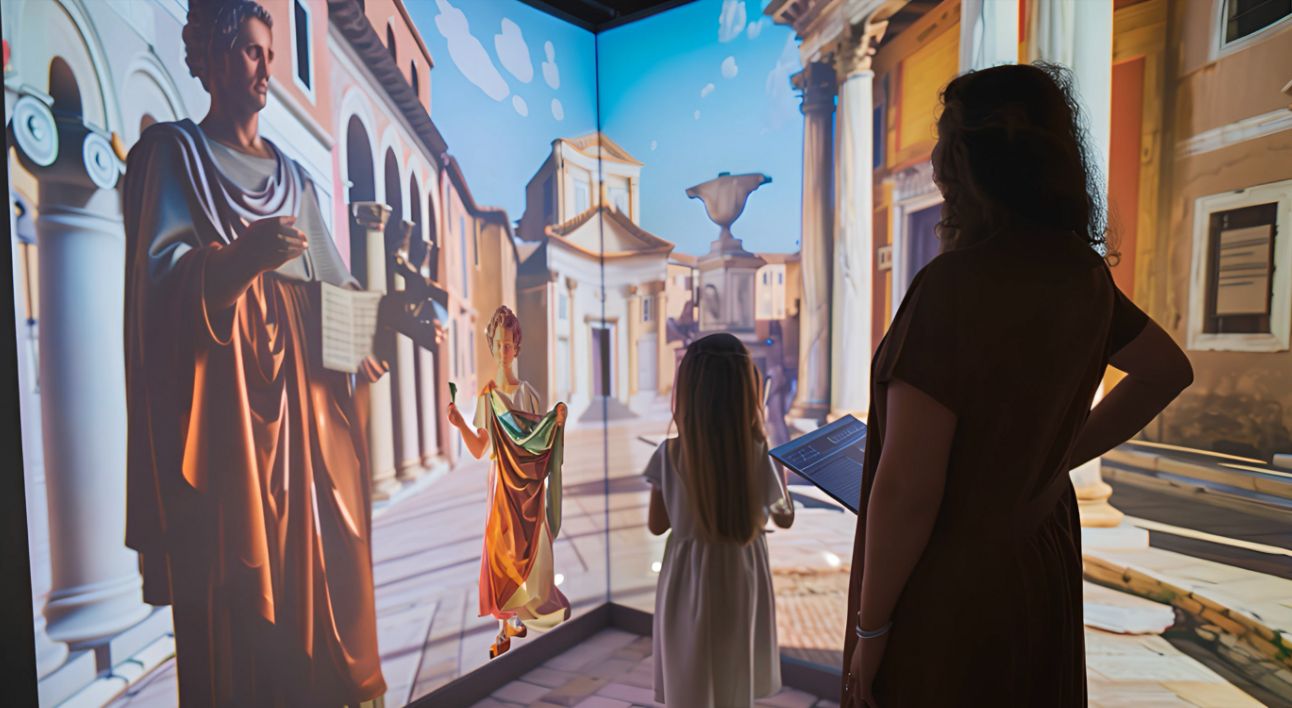
Virtual Reality (VR) and Augmented Reality (AR) Tours: These tools transform the way people explore museums. Visitors can engage in self-guided VR tours from the comfort of their own homes or use AR to overlay historical contexts onto their museum visit, bringing artifacts to life with rich, contextual information that enhances understanding and appreciation.
Smart Content Adaptation: TimeLooper AI dynamically adjusts the complexity and presentation of information based on user preferences and understanding levels. For families with young children, the language is simplified and interactive elements are highlighted to keep young minds engaged. For scholars or history enthusiasts, the AI offers deeper dives into topics, citing sources and providing detailed analyses.
Multilingual Support: Recognizing the diverse backgrounds of museum visitors, "TimeLooper AI" offers instant translation of descriptions, narrations, and interactive content into multiple languages, ensuring that non-English speakers have full access to all resources.
Adaptive Learning Paths: Depending on the visitor's interest and prior interactions, the AI suggests personalized tour paths. These are tailored to maximize engagement and educational value, whether the visitor has two hours or a whole day to spend at the museum.
Accessibility Features: Our platform includes high-contrast display options, text-to-speech for the visually impaired, and sign language video guides for the deaf and hard of hearing. These features are not just add-ons but are integrated into the core functionality of our content delivery, ensuring that all visitors have equal opportunities to engage deeply with museum offerings.
By leveraging these AI-driven tools, TimeLooper not only enhances the visitor experience but also promotes a more inclusive and educational environment. We enable museums to reach broader audiences more effectively, making cultural education accessible, engaging, and enjoyable for everyone.
Data-Driven Insights for Better Management
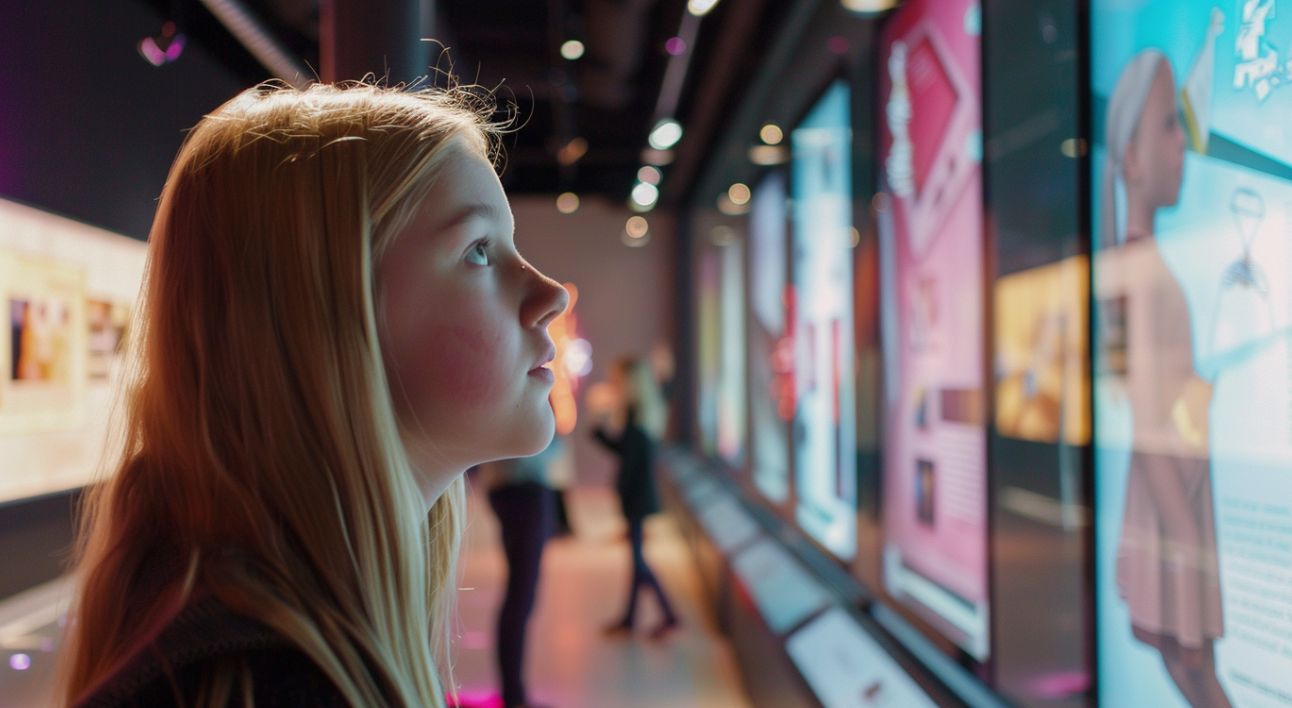
Understanding Visitor Interactions: "Harness the power of TimeLooper's AI-powered analytics to transform how your museum understands and engages with its audience. Our system diligently tracks every interaction, capturing not just the most viewed items but also the depth of visitor engagement. From the time spent at each exhibit to the frequency of return visits, our technology paints a comprehensive picture of visitor behaviors and preferences."
Advanced Metrics Collection: "Go beyond basic analytics with our ability to gather advanced metrics. This includes emotional responses through facial recognition (with visitor consent), and direct feedback via digital kiosks. These nuanced insights are synthesized in real-time, providing your staff with an intuitive dashboard that reveals the subtleties of how visitors connect with your collections."
Predictive Analytics and Trend Forecasting: "Utilize our advanced machine learning algorithms to not only understand current trends but also to predict future visitor interests. This predictive capability allows you to proactively plan and adapt your exhibits to capture emerging interests, ensuring your museum remains relevant and engaging."
Strategic Recommendations: ""TimeLooper AI" doesn’t just monitor; it advises. Based on traffic flow patterns and engagement data, it can suggest layout optimizations to enhance visitor experience and reduce congestion. It can also recommend updates or rotations for less popular exhibits, ensuring that every part of your museum is dynamic and appealing."
Dashboard Usability: "Designed for ease of use, our dashboard offers intuitive controls and customizable views, allowing your team to focus on what matters most. Whether it’s deciding which exhibits to feature, how to arrange them, or identifying new acquisitions that align with visitor interests, our insights empower you to make informed, strategic decisions."
EDUCATION
Revolutionize learning with AI-crafted educational programs. Our tools instantly create curriculum-aligned, engaging educational content that captivates students of all ages. From interactive tours to customized learning modules, we empower educators to inspire with less effort and more impact.
Empowering Education Teams with AI
In today's resource-constrained environments, museum education teams are tasked with a significant challenge: crafting engaging, informative, and standards-aligned educational programs that cater to diverse student groups. TimeLooper's AI solutions are specifically designed to empower these teams by enhancing the creation and delivery of educational content. Our tools streamline program development, facilitate engaging and interactive learning experiences, and extend educational outreach beyond physical boundaries. This section explores how "TimeLooper AI" technology transforms traditional educational approaches, enabling museums to deliver richer, more accessible learning experiences without increasing staff workload.
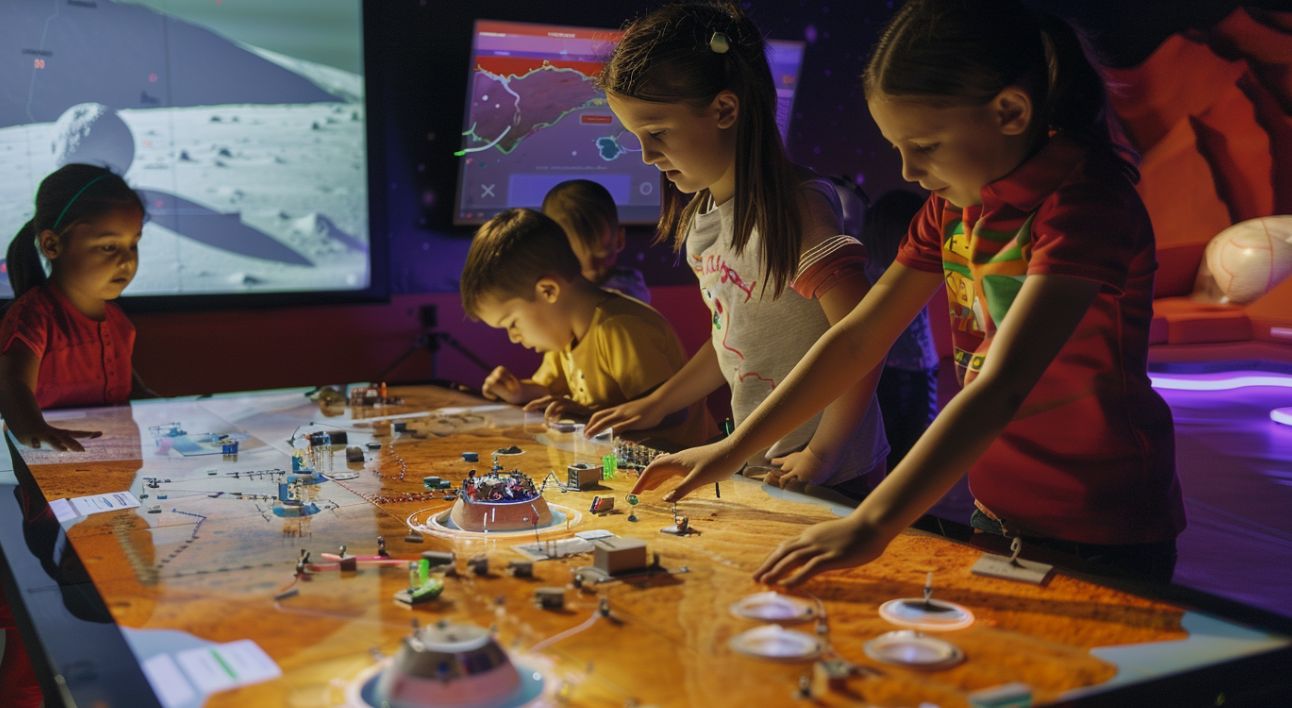
Support for Education Teams
Museum education teams are essential in crafting enriching educational programs that cater to diverse learning needs during school trips and through remote engagement. These dedicated professionals strive to design offerings that are not only educational but also captivating, ensuring that each visit is both informative and memorable. Despite their pivotal role, these teams frequently face challenges due to limited resources, which can hinder their ability to develop comprehensive, grade-specific programs that align with educational standards and thoroughly engage with the museum’s varied themes.
TimeLooper's AI tools are specifically engineered to alleviate these pressures by enhancing the efficiency and effectiveness of educational program development. Our technology supports these teams by:
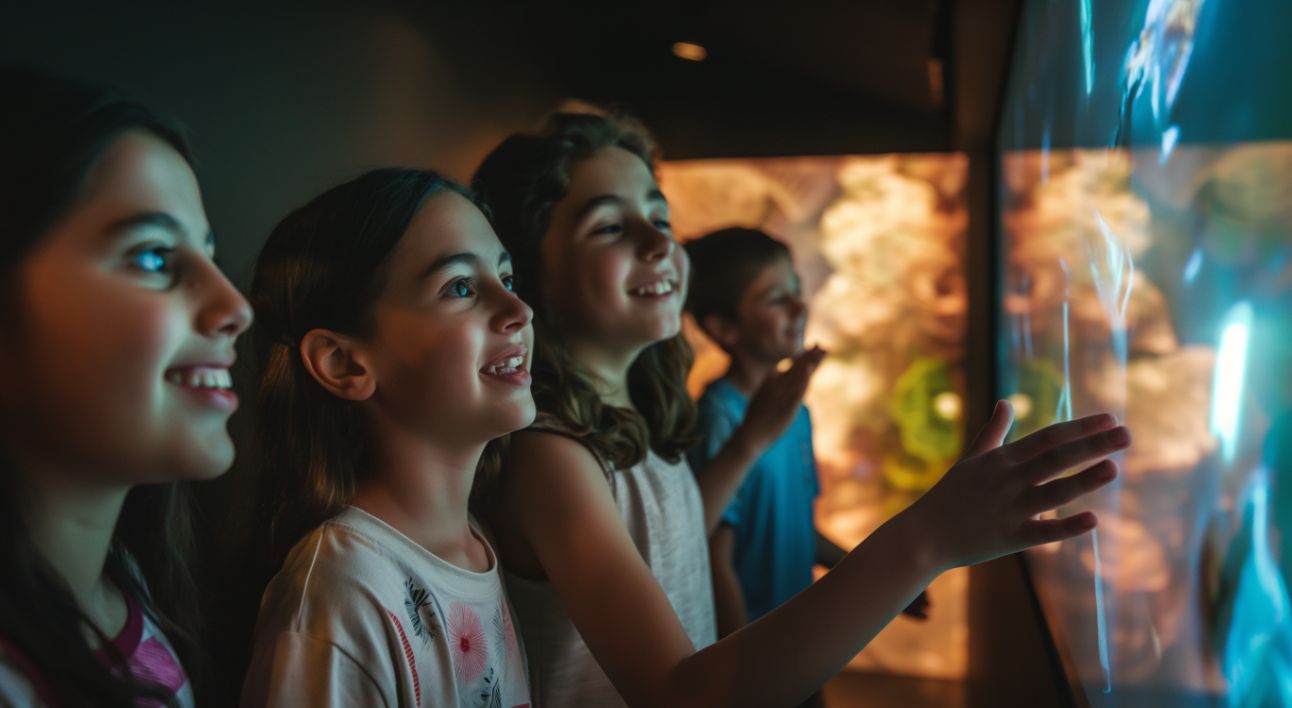
Automating Content Customization: Utilizing AI, our tools can automatically adapt and customize educational content to fit various learning standards and grade levels. This includes adjusting the complexity of information and modifying presentation styles to better suit the cognitive abilities and curricular requirements of different student groups.
Streamlining Program Development: By automating routine administrative and content management tasks, "TimeLooper AI" frees up education teams to focus more on creative and strategic aspects of program development. This includes integrating interdisciplinary approaches that make use of the museum’s collections in novel ways, thereby enhancing the educational impact.
Enriching Content with Interactive Elements: "TimeLooper AI" incorporates interactive features such as augmented reality overlays, interactive quizzes, and virtual reality tours that make learning more engaging. These tools transform static exhibits into dynamic learning experiences, encouraging deeper interaction and exploration by students.
Facilitating Scalable Customization: With AI, museums can efficiently scale their educational offerings to accommodate larger groups or varied audience types without a proportional increase in workload or staffing requirements. This scalability ensures that high-quality, personalized educational experiences are accessible to all visitors, regardless of the size or scope of the group.
Through these innovations, TimeLooper’s AI tools empower education teams to transcend traditional limitations, enabling them to produce more dynamic, effective, and personalized educational programs that align with both state educational standards and the unique narratives of their institutions.
Customized Learning Solutions
"TimeLooper AI" technology excels in crafting educational content that is not just informative but also perfectly tailored to the needs of various learner demographics. This capability is crucial for addressing the diverse educational backgrounds and learning preferences that characterize museum visitors.
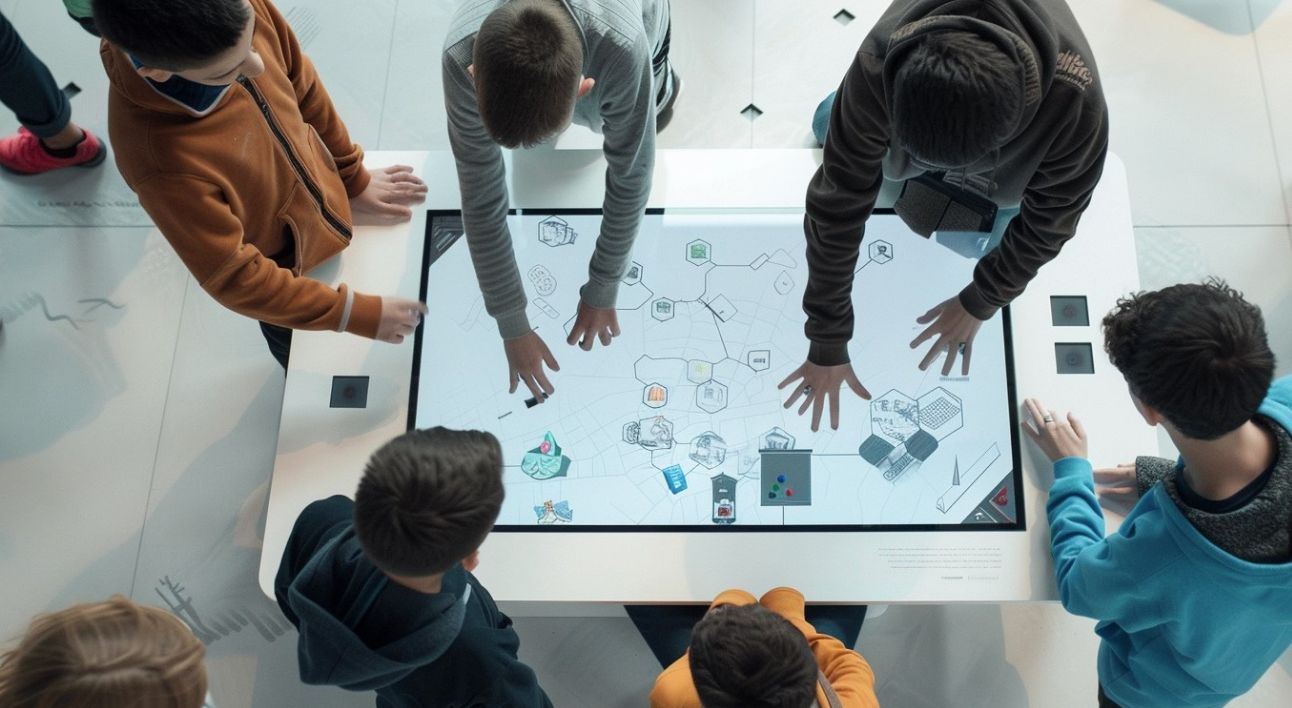
Adaptive Learning Content: TimeLooper's AI analyzes the age, educational level, and preferred learning styles of each group, adjusting the complexity and presentation of information accordingly. For elementary students, this might mean more visual and interactive content with simpler language, while high school students might receive more detailed explanations and critical thinking challenges. This adaptive approach ensures that each visitor's learning experience is optimized for their specific educational needs.
Theme-Specific Customization: Beyond adapting to educational levels, "TimeLooper AI" also tailors content to align with specific themes or exhibits within the museum. For instance, a historical exhibit could dynamically alter its narrative and depth of information based on whether visitors are history buffs or casual learners. This customization makes learning not only more accessible but also more engaging, as the content resonates more deeply with visitors' specific interests and existing knowledge.
Interactive and Contextual Learning: By integrating augmented reality (AR) and virtual reality (VR) into exhibits, "TimeLooper AI" creates immersive educational experiences that are both engaging and instructive. For example, AR can be used to overlay historical facts over artifacts, allowing students to interact with history in a tangible way. VR might transport visitors back in time, providing a first-person perspective of historical events, enhancing understanding and retention.
Feedback-Driven Adaptation: Our systems continuously learn from visitor interactions, allowing for ongoing improvements in educational content. Feedback mechanisms integrated into the AI assess how well visitors are grasping the presented information, and the system adjusts future content delivery based on this data. This not only improves the educational efficacy over time but also ensures that the learning experience remains up to date with the latest pedagogical strategies and visitor preferences.
Through these advanced capabilities, TimeLooper's AI ensures that every educational program is a deeply personalized, interactive, and enriching experience, designed to meet the specific educational needs and curiosities of its audience. This level of customization enhances the educational value of museum visits, making them more impactful and memorable for all learners.
Interactive and Engaging Educational Formats
At TimeLooper, we understand that engagement is key to effective learning. That's why "TimeLooper AI"-driven solutions are designed to transform traditional museum educational programs into vibrant, interactive experiences that captivate and educate simultaneously.
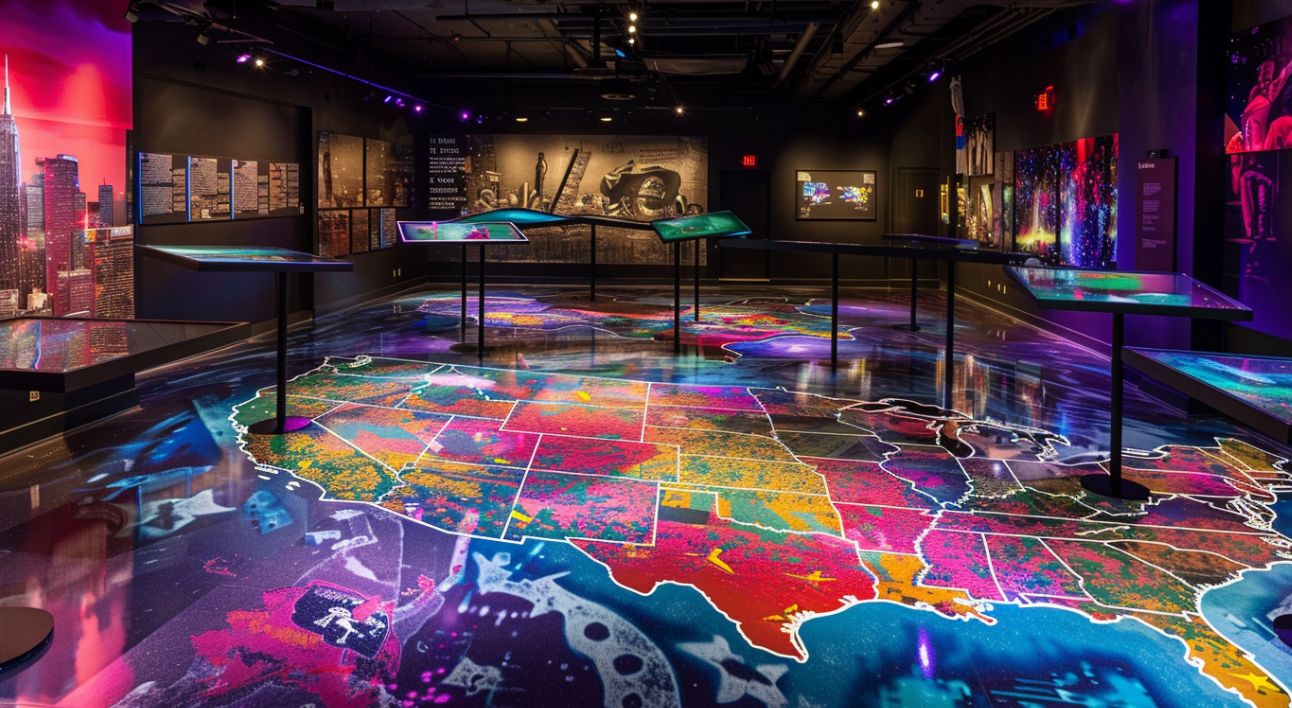
Virtual Tours Enhanced by AI: "TimeLooper AI" tools enrich virtual tours by providing real-time information overlays, interactive elements, and personalized learning paths tailored to the viewer's interests and knowledge level. For instance, as a student navigates through a virtual tour of an art exhibit, the AI might highlight specific artworks, offering insights into the techniques used or the historical context, depending on the student's grade level and prior responses. This not only makes the learning experience more engaging but also deeply personalized.
Gamified Learning Modules: By incorporating elements of gamification, "TimeLooper AI" tools transform learning into a compelling challenge that motivates continued engagement. These modules might include quizzes, puzzles, or interactive tasks that reward students for their knowledge and encourage competitive learning with peers. For example, students could engage in a scavenger hunt within the museum, where they use clues provided by the AI to discover and learn about hidden artifacts or artworks, earning points for each discovery.
Augmented Reality (AR) Experiences: AR technology allows us to overlay digital information onto the physical world, creating a hybrid learning environment where digital and real-world elements coexist. This could involve students pointing their device at an exhibit to see augmented historical scenes or explanatory graphics that appear to interact with the real objects. Such AR experiences make abstract or historical concepts tangible, enhancing comprehension and retention.
Interactive Narratives: Leveraging AI, we craft interactive narratives that allow students to influence the direction of the educational content based on their choices and interactions. This could mean exploring a historical event from multiple perspectives or making decisions that unveil different facets of a scientific concept. These narratives not only make learning more dynamic but also improve critical thinking skills as students consider various outcomes based on their decisions.
Feedback Loops for Improved Engagement: Throughout all these interactive formats, "TimeLooper AI" continuously collects feedback on user engagement and learning effectiveness. This data is used to refine the educational content and its delivery, ensuring that the interactions remain compelling and educationally valuable. For example, if data shows that students are consistently engaged with certain types of AR interactions, the AI can integrate more of these elements into future programs.
Through these diverse, AI-enhanced formats, TimeLooper makes museum education not just a passive experience but an active exploration that stimulates curiosity and fosters a deeper connection with the subject matter. These interactive and engaging educational formats are designed to make learning not only more fun but also more impactful, ensuring that each visit to the museum leaves a lasting educational impression.
Extending Educational Reach
In today's connected world, the physical confines of museums need not limit their educational influence. TimeLooper's AI-driven solutions are specifically designed to extend the reach of museum education, enabling invaluable learning opportunities to transcend geographical barriers and reach a global audience.
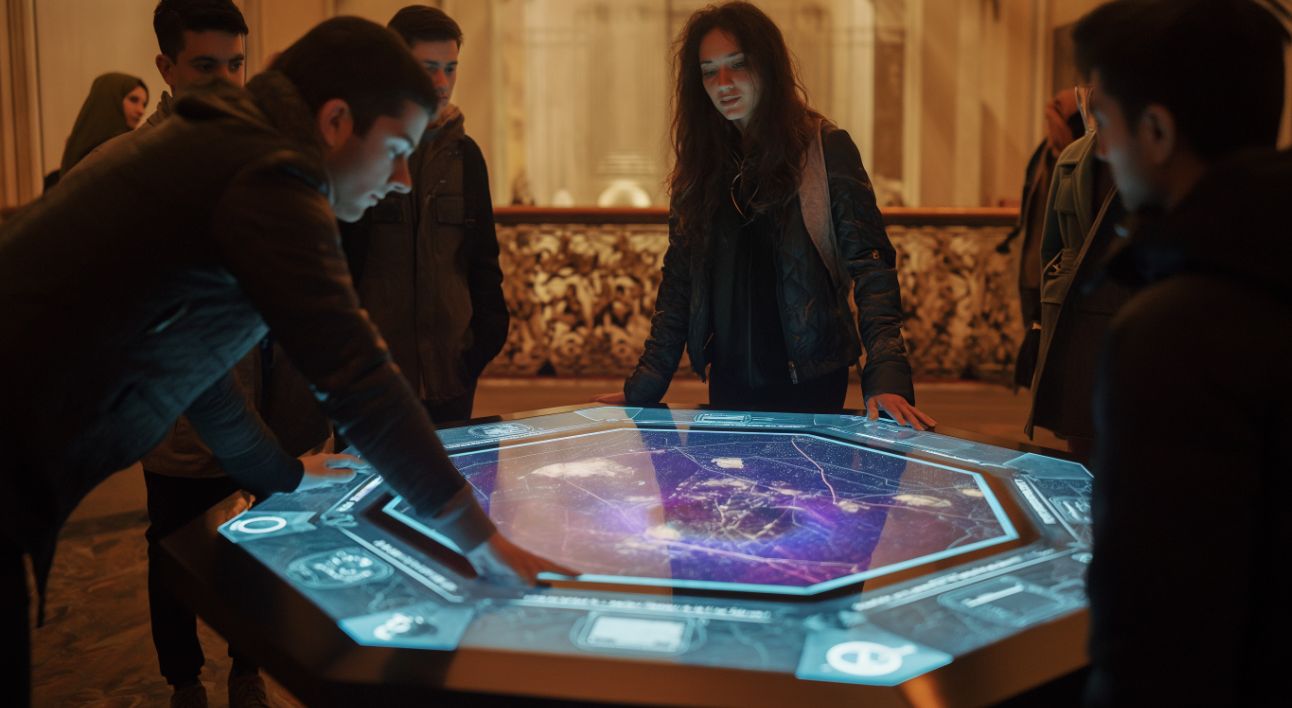
Virtual Tours with Real-Time Interactions: Our sophisticated AI systems power virtual tours that are more than mere digital walkthroughs; they are interactive learning adventures. These tours allow students from around the world to explore museum exhibits remotely while engaging in real-time with AI-guided explanations and interactive questions. For example, a student in a remote area can virtually walk through an archaeological exhibit, interact with 3D models of artifacts, and receive personalized explanations from AI, making the experience both educational and engaging.
Online Educational Resources and Workshops: Beyond virtual tours, TimeLooper provides a suite of online educational resources, including workshops, lectures, and lesson plans, all enriched with AI capabilities. These resources are designed to be accessible from any device, ensuring that students and educators can benefit regardless of their location. The AI can tailor the complexity and delivery of content to match the curriculum needs of different educational systems, making these resources a versatile tool for global education.
Interactive Webinars and Live Q&A Sessions: Leveraging AI, we host interactive webinars and live Q&A sessions where students can pose questions and receive instant, well-informed responses from AI avatars representing experts or historical figures. This direct interaction not only enhances the learning experience but also makes it more dynamic, as students feel directly engaged with the content and the personalities behind it.
Collaborative Online Projects and Exhibits: TimeLooper encourages collaborative learning by enabling students from various locations to work together on projects or contribute to online exhibits. "TimeLooper AI" tools facilitate these collaborations by providing a platform for shared learning and creation, helping students to develop teamwork skills and a deeper understanding of diverse perspectives.
Accessibility Features for Global Audiences: Understanding the importance of inclusivity, "TimeLooper AI" tools include features such as multilingual support, subtitles, and content adaptation for various learning disabilities. These features ensure that our educational offerings are accessible to a broad audience, including non-native speakers and those with specific educational needs.
By removing the physical barriers to education, TimeLooper's AI technologies empower museums to have a far-reaching educational impact, offering rich, interactive, and inclusive learning experiences to a global audience. This not only broadens the educational scope of museums but also democratizes access to cultural and historical knowledge, making it available to anyone with internet access, anywhere in the world.
BUILDING TRUST IN AI
Trust in AI with TimeLooper. Our systems are built on secure, curated databases tailored to your museum's needs. We ensure that AI interactions are controlled, with no unauthorized internet access, and provide continuous monitoring for any new types of questions or data, keeping you in complete control.
Introduction to AI Trustworthiness:
At TimeLooper, we prioritize building a foundation of trust and security in all "TimeLooper AI" implementations. Understanding the hesitations that museums may have regarding AI, we've established rigorous protocols to ensure that "TimeLooper AI" systems operate transparently, reliably, and within the ethical boundaries set by our clients.
Secure and Tailored AI Databases:
The backbone of TimeLooper's AI Hologram system is a robust, secure database, constructed with the utmost precision to serve as the foundation of the hologram's knowledge base. This database is not a mere collection of facts; it's a repository of carefully selected and client-approved content that aligns seamlessly with your museum's narrative and educational objectives. It is the exclusive source from which the AI hologram draws its information, ensuring every interaction with users is informed, accurate, and relevant.
This meticulous curation process involves several layers of verification to guarantee the database’s integrity. It begins with the selection of authoritative sources, continues with the validation of historical accuracy and relevance, and concludes with client-specific tailoring. By incorporating only vetted and approved content, we prevent the dissemination of erroneous information and maintain the educational quality of the hologram’s interactions.
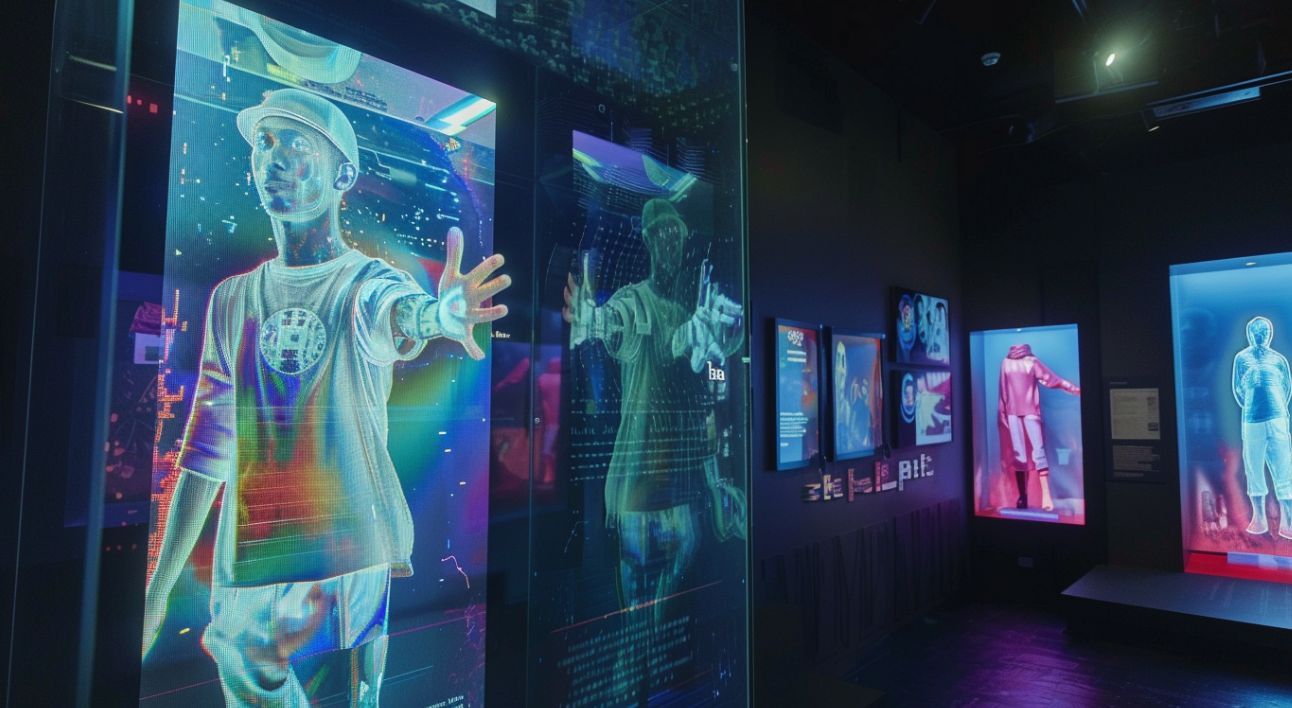
Moreover, the database is shielded from any unsanctioned external data sources. By isolating the AI from the open internet, we eliminate the risk of the hologram encountering and disseminating unverified or inappropriate information. This closed system approach not only reinforces the security of the data but also ensures that the hologram’s responses are consistent, trustworthy, and uphold the museum's reputation as a reliable source of knowledge.
In the event that new content is required or updates to existing information are needed, the system is designed to accept submissions through a controlled process. This process involves a thorough review by both "TimeLooper AI" analytics and the client, followed by rigorous testing to ensure new data meets the established criteria for accuracy and appropriateness before it is incorporated into the hologram’s database.
TimeLooper's AI Hologram system, with its secure and tailored databases, represents a fusion of historical fidelity, educational relevance, and technological sophistication. It is a system where trust in the content provided is as integral to the design as the wires and code that make up the hologram's digital essence.
Continuous Monitoring and Updates with AI Testing Program
To uphold the highest standards of accuracy and relevance in visitor interactions, TimeLooper employs a sophisticated AI testing program, operating in parallel with our visitor-facing AI holograms. This dedicated testing program serves as a rigorous auditor, continually assessing and verifying the precision of the hologram's responses.
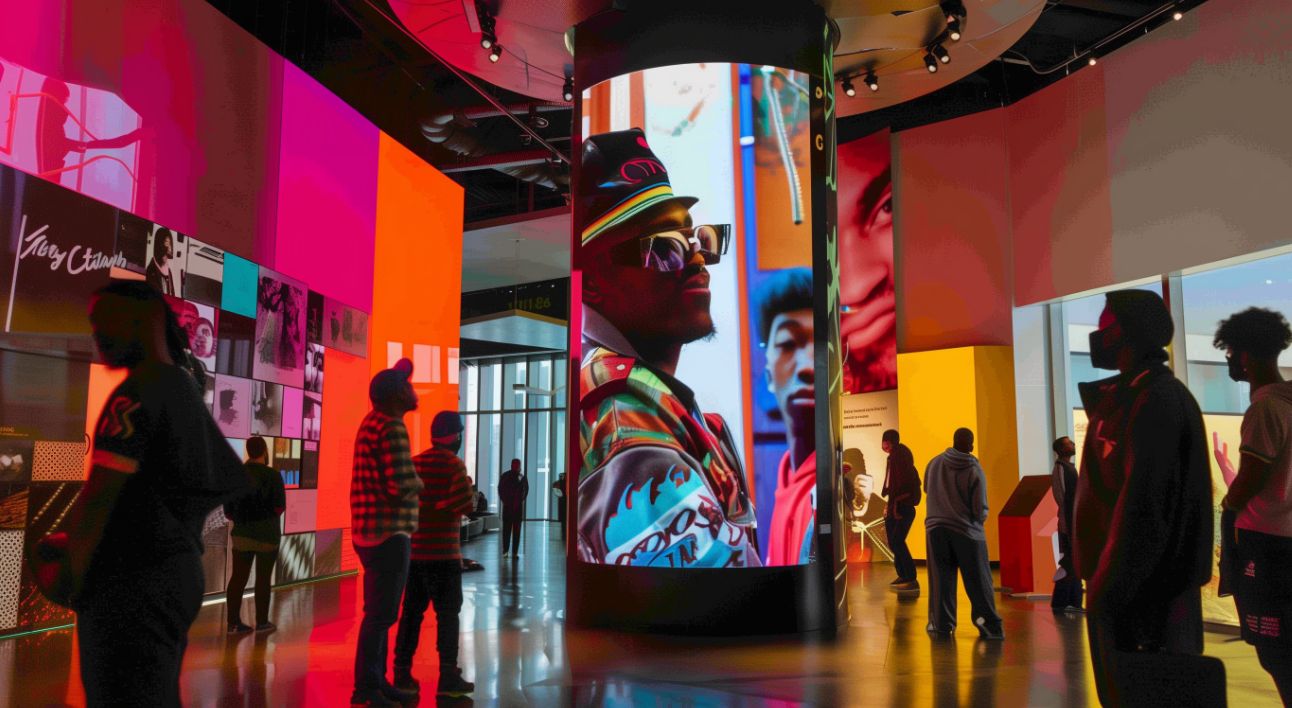
Specialized AI Testing Program: The AI testing program is specifically trained to scrutinize the hologram's output. It simulates a vast array of visitor scenarios and queries, cross-referencing responses with a secure database to ensure factual accuracy and appropriate context. This program acts as an independent layer of quality control, dedicated solely to maintaining the hologram’s reliability.
Ongoing Accuracy Checks: The testing program systematically conducts checks against a comprehensive set of data points, from historical facts to cultural nuances. It ensures the hologram's responses are not just correct, but are also presented in a manner that is engaging and understandable to the visitor.
Dynamic Response Adaptation: When discrepancies are identified, or when there's room for enhancing clarity or engagement, the AI testing program flags these instances. The hologram's knowledge base is then updated accordingly, ensuring that its learning is continuous and its interactions evolve to be more precise and impactful over time.
Real-Time Feedback Implementation: The feedback loop is immediate. As soon as the AI testing program approves an update or modification, it is implemented in real-time, minimizing any disruption to the visitor experience and maintaining a seamless flow of accurate information.
Integration with Client Feedback: Clients have access to insights from the AI testing program, providing them with transparency and control over the information conveyed by the hologram. They can recommend adjustments or provide additional content, which is then vetted by the testing program before being integrated into the visitor experience.
Through this dual-system approach, where the AI testing program continuously evaluates and enhances the visitor-facing AI hologram, TimeLooper ensures that each visitor interaction is underpinned by trusted, verified information, reflecting the museum's commitment to educational excellence.
Client Involvement in AI Customization
True to our ethos of collaboration and customization, TimeLooper champions active client participation in all phases of AI development and operation. This collaboration is essential in forging AI systems that are not only advanced but also deeply attuned to the unique educational mission and narrative voice of each museum.
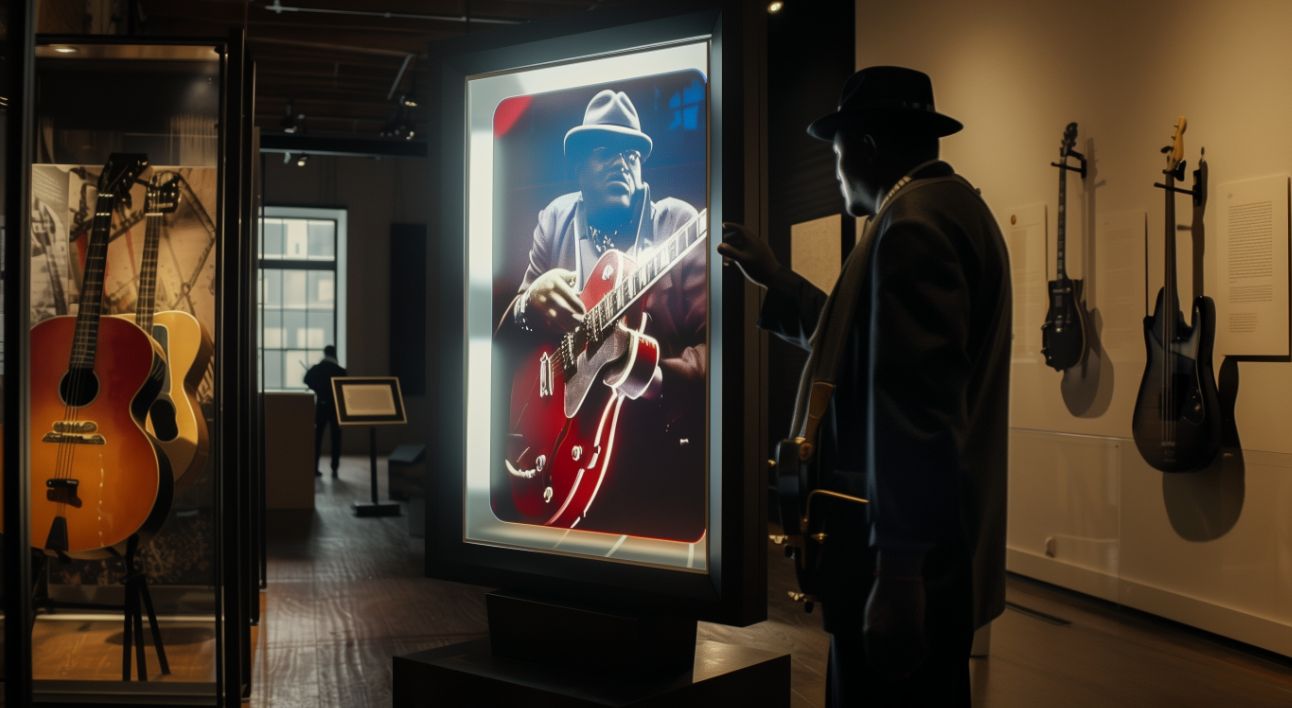
Initiation and Integration: The journey begins with the client's involvement in setting up the AI’s foundational database. Clients work alongside our team to select and approve the initial content, ensuring that from the outset, the AI is a bespoke fit for the museum's specific context and needs.
Customization for Character and Content: Each hologram character is crafted with attention to the finest detail. Clients provide invaluable input, helping shape the character's voice and ensuring it resonates with authenticity. This extends to the content, where clients guide the thematic focus and depth of information, guaranteeing that it meets their educational standards and storytelling goals.
Ongoing Content Evolution: The dynamism of a museum's exhibits is matched by the flexibility of "TimeLooper AI" systems. Clients are integral to the iterative process of content update and expansion. As exhibitions evolve or new artifacts are added, clients assist in curating the additional content that the AI will deliver, maintaining the relevance and freshness of visitor interactions.
Real-time Updates and Feedback: A cornerstone of "TimeLooper AI" system's integrity is the real-time update and feedback loop. As the AI testing program flags changes or new trends in visitor queries, clients receive instant notifications. This not only keeps them informed but also engaged in the decision-making process, ensuring that any content alterations or additions are in line with their vision before they go live.
Transparent Collaboration: Transparency is key in our process. Clients have access to an analytics dashboard providing insights into visitor interactions and AI performance. This data informs both the client and TimeLooper of potential content enhancements and the hologram’s overall visitor engagement success.
Through these concerted efforts, "TimeLooper AI" holograms become more than just technological marvels—they become dynamic, living embodiments of the museum's commitment to education and engagement. Clients are not just observers in this process; they are active creators, continually shaping and refining the AI to ensure it remains a cutting-edge, trustworthy educational resource.